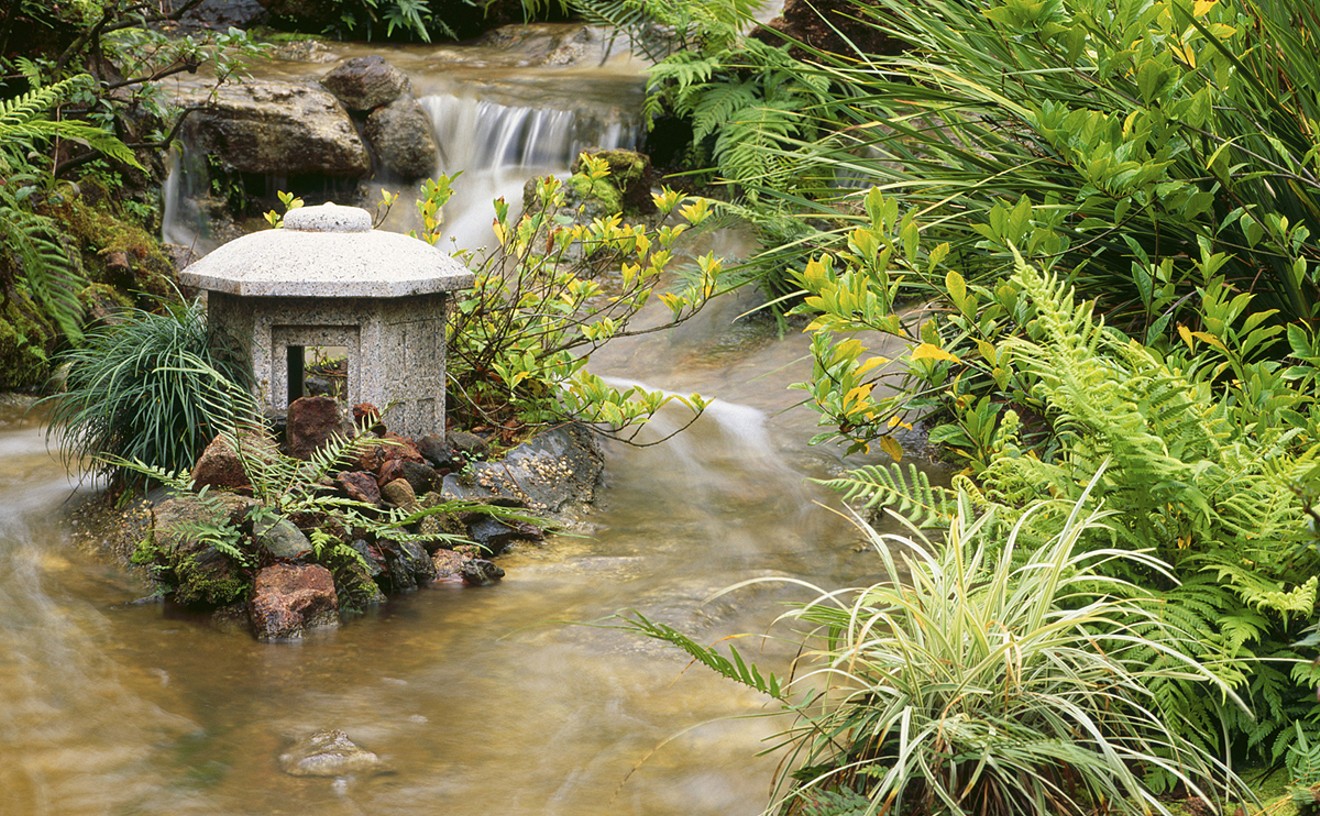"No, Junior, a playground."
"No, Mom, a swimming pool."
"No, Junior, A PLAYGROUND!!"
All right. All right. Enough with the family disputation. Thanks to the wonders of our modern age, kids can now do both. While no one's talking about why we had to wait until the dawn of the new millennium for someone this side of Disney to figure out the intricacies of putting a playground in water, Junior doesn't care. He and/or she is/are too busy loving the features that are popping up like Yellowstone geysers in city and county parks throughout the two-county area. With water slides, water pistols, water swings, water hoses, and super spongy floors to cushion any fall, what's not to like? Placed in shallow water, the playgrounds are safe enough for toddlers and exciting enough for older kids. Two particularly stellar ones in Palm Beach County -- Calypso Bay Waterpark off Southern Boulevard in suburban West Palm Beach and Coconut Cove Waterpark and Recreation Area off Glades Road in suburban Boca Raton -- also feature meandering streams for leisurely floating and (for older kids) those big, long, twisting tube slides that used to be the sole province of private amusement companies. Now that the cost of the technology has come down, allowing public agencies like the Palm Beach County Department of Parks and Recreation to splash into the water-park business, such frolicking doesn't have to endanger the kids' college education funds. At $8 for adults, $6 for kids under 12, and free for kids under 3, the biggest thrill for parents is the price. So who's arguing now?








